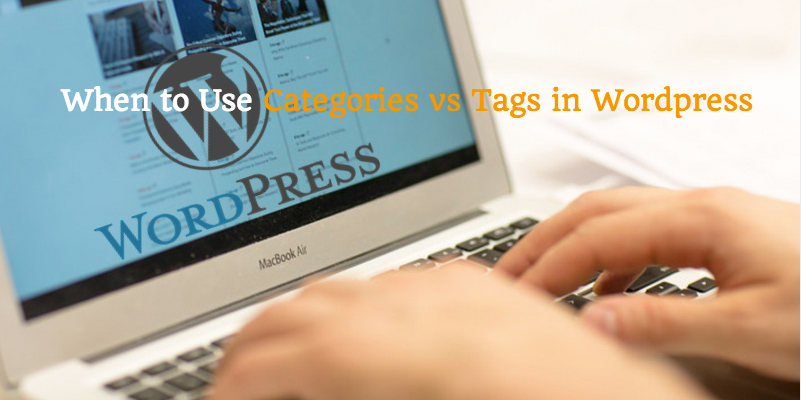
Back in April, we first wrote about using Category pages in WordPress. We did not, however, explain the difference between the Category and Tag features. On the surface, the function of “categories” and “tags” may seem very similar. And for the most part they actually are. After all, both features are used to organize blogs by grouping posts of a certain theme together. But where do the similarities end? Is there ever a time to use one without the other?
In the past, WordPress only provided categories to enable users to group posts under a certain theme. As time went by, they added the tags feature to enables bloggers and site owners more options for describing posts a bit more specifically.
How to Think About Categories vs. Tags
The simplest way to separate the category and tag features in WordPress is to think of them as a bit of a hierarchy. Categories are a bit more broad and can be thought of as major recurring themes. These are what the actual blog itself may be about. We recommend limiting your blog to 5 – 7 categories. Tags, on the other hand, are more specific. These can deal with more specific topics within the greater themes (categories). There’s really no limit to how many Tags a blog can use to group content effectively.
Learning by Example
For a more clear perspective, let’s create a fictional example.
Imagine that someone owns a sports blog, covering all his/her favorite professional leagues. The blog will feature updates about major trades, conference standings, coaching changes and, of course, big games. Let’s say that this blog will be featuring a major NFL contest. How should the blog’s owner use Categories and Tags to group this post with others on the blog?
First, we’d recommend breaking out the Categories. Since this blog is segmented by professional league, some example categories may include “NBA”, “MLB” and “NFL”. Obviously, since an NFL game is being featured in this particular blog post, the author will choose the “NFL” category.
Now let’s talk about using tags.
Since tags are a lot more specific than categories, the blog’s owner may have tags created for things within each league. Things like team names, stadiums, superstar players or coaches and league conferences & divisions can all be used as tags. In this example, let’s say the game being featured is the Chicago Bears vs. the Green Bay Packers. Tags may include both team names, some of the major stars from either team, the stadium where the game is being held and the particular division that these two teams are in.
So for this particular blog post, the only category used may be “NFL”. Tags may include “Chicago Bears”, “Green Bay Packers”, “Soldier Field” or “Lambeau Field,” “NFC North” and “Aaron Rodgers”, just to name a few examples.
Using Categories and Tags in Your Own Blog
As you can see, getting started with Categories and Tags doesn’t have to be difficult. There’s a lot of value in organizing the content of your blog posts by theme to make it easier for readers to find information that interests them. There’s also the added bonus of using optimized “Category” and “Tag” pages to help with your page’s rankings in the search engines. Remember, even if you’ve never used these Categories and Tags before, it’s never too late to get started. Going back and adding them to your existing blog posts is just one way to help your site’s SEO by improving your existing content. What do you have to lose?
